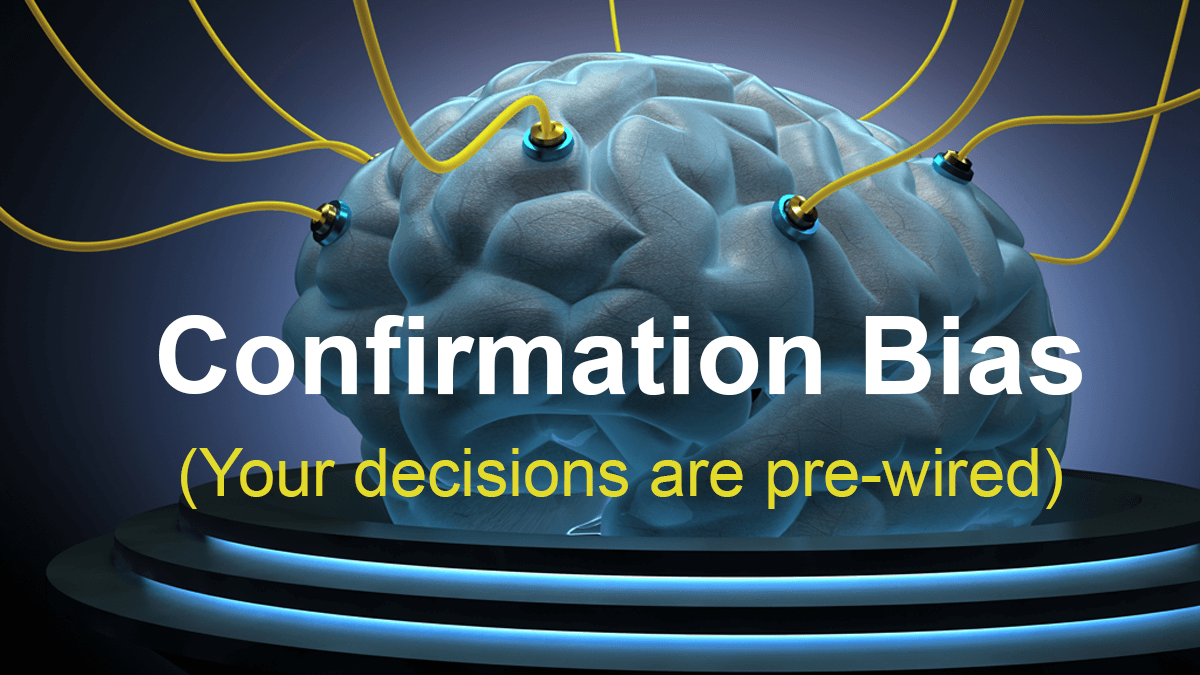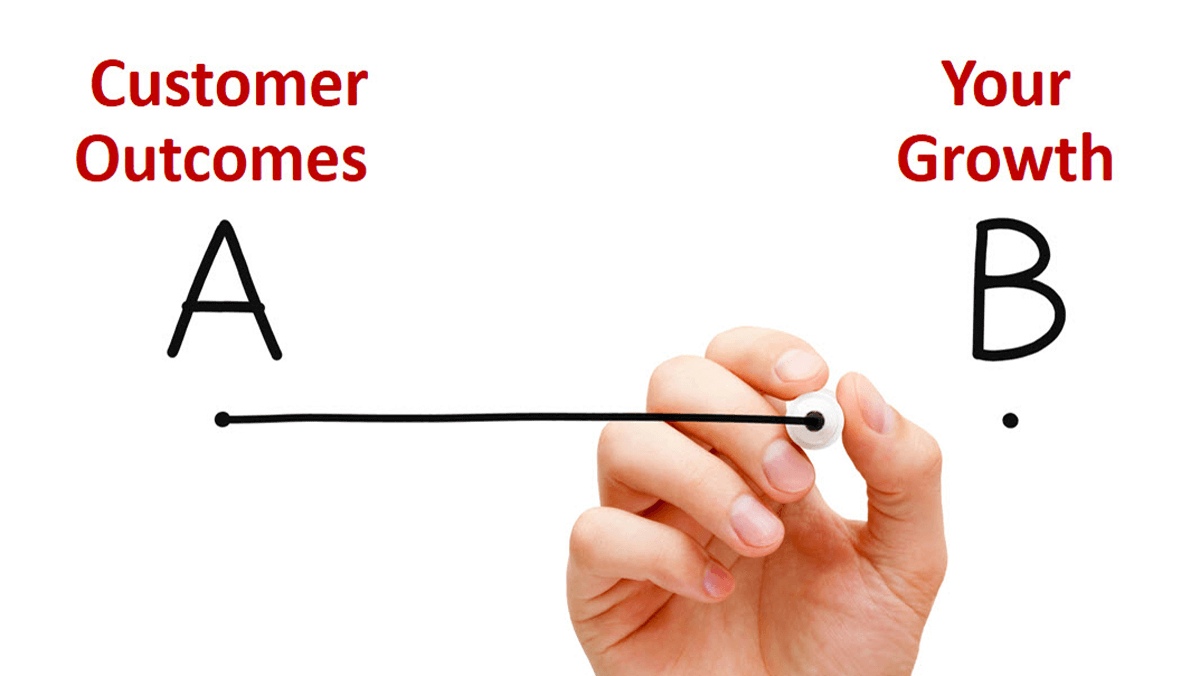Sure, you can develop products that you find exciting. But unless these products address something customers find important and unsatisfied, don’t expect them to buy them. And if customers do buy your product, they certainly won’t pay a premium. If you’re not happy about this, you’ll have to complain to Adam Smith. The best way to know customers are eager for you to meet a need is with Market Satisfaction Gaps.
More in white paper, Market Satisfaction Gaps
Confirmation bias is seeking and interpreting data in a manner that supports our pre-conceived notions. Most innovation processes treat confirmation bias with apathy, when the proper response is dread. You increase your exposure to confirmation bias when you 1) start projects with your solutions, not customers’ outcomes, 2) ask customers to “validate” your ideas, 3) fail to identify and test all assumptions, and 4) skip quantitative customer interviews.
More in article, Market Satisfaction Gaps… your key to B2B organic growth
For artillery, archery or cancer treatment, you 1) scan the terrain, 2) detect the high-value targets, and 3) then commence firing. If you have weak reconnaissance, faulty satellite imagery or a blindfolded archer, it doesn’t matter how good your payload is: You won’t be successful. In NPD, this means 1) diverge to all possible customer outcomes, 2) find which are important and unsatisfied, and 3) develop your solution. Most B2B companies need to improve #1 and #2. A lot.
More in video, New Product Blueprinting—the Future of B2B Innovation
Jeff Bezos believes this is a more important question than “What’s going to change in the next 10 years?” In the world of new product development, we find that customer outcomes—desired end results—tend to be more stable over time than supplier solutions. So instead of validating your solutions during customer interviews, seek to uncover and understand the most important, unmet customer outcomes. Then pursue these stable targets with your solutions.
More in video, New Product Blueprinting—the Future of B2B Innovation
Peter Drucker said there are only two purposes of business—innovation and marketing—and all other business functions are simply costs. Funny thing is that the unit of innovation and the unit of marketing are the same: customer outcomes. If you don’t understand customer outcomes—their desired end-results—you will neither innovate properly to satisfy those outcomes, nor effectively promote your solutions to them. A clever gentleman, that Mr. Drucker.
More in e-book, Leader’s Guide to B2B Organic Growth
In new product development, keep your mind open to all customer needs before converging on your solutions. Your brain works better this way. It’s why we don’t “judge” ideas during brainstorming. It’s why you like digital photography better than film: You take as many shots as you like (diverge) and later pick the best (converge). When it comes to customer needs, take lots of shots so you can focus on the best later.
More in e-book, Reinventing VOC for B2B
I’ve come to believe two principles: A) The only way to create customer value is by improving their important, unmet outcomes. B) A supplier’s only path to profitable, sustainable organic growth is in creating customer value. Do you agree? If so, you might want to place a very high priority on understanding which customer outcomes these are.
More in article, The Inputs to Innovation for B2B
Understand customer outcomes thoroughly before entering solution space. The drill bit is the supplier solution; the hole is the customer outcome. For every job, there are scores of outcomes your product could deliver… how fast the hole is drilled, how accurately, how easily centered, how much mess is created, etc. Outcome insight leads to solution brilliance.
More in article, The Inputs to Innovation for B2B
Sure, you can develop products that you find exciting. But unless these products address something customers find important and unsatisfied, don’t expect them to buy them. And if customers do buy your product, they certainly won’t pay a premium. If you’re not happy about this, you’ll have to complain to Adam Smith.
More in white paper, Catch the Innovation Wave (page 8).









